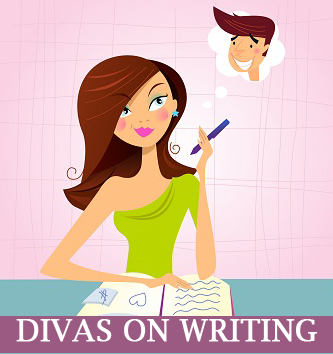
#writetips The Benefits of a Style Sheet #writers #writing
 The Benefits of a Style Sheet
The Benefits of a Style Sheet
By Jen Matera. REposted with permission from Write Divas
Some authors write according to an outline, and others have a less-organized series of events they want to describe. There are authors who write their scenes sequentially, no matter how great or small, and those who write major scenes first and minor scenes last. I’ve even known one writer who wrote all her sex scenes first—she said they were the most fun—and then built the rest of the story around them.
But what most writers have in common is that they keep some kind of notes about their story, characters, plot, timeline, and whatnot. These notes, no matter how informal, are what editors use as a foundation for your story’s style sheet.
So… what’s a style sheet? It’s your editor’s notes about your novel—the place where every character’s name, physical description, relation to other characters is noted. But that’s not all. Not by a long shot. There are basically two types of information kept on a style sheet: content and format. Details that refer to your story line, your characters, your setting, your era, etc., are considered content information. Information regarding spelling, punctuation, and grammar is considered format. But the differentiation doesn’t really matter, as long as most of it is recorded somewhere.
Content:
- Character names—for every character named in the novel. Yes, even Sam the driver who was in one scene. We have no idea if he’ll show up again in book three, so he goes on the list.
- Physical description, including any descriptions—eye color, hair color, general build, and anything that’s noted as standing out. No author wants her lead’s eye color changing mid-story.
- Relationship to other characters—this is usually in relation to the lead characters.
- Names of places, both fictional and real—similar to the characters, if you mention a place, we list. So in book two, when the lead discusses something that took place in book one in Paris, you can be sure it actually occurred in Paris.
- Brand names noted—to reduce brand name dropping, obviously, but also for consistency.
- Major plot points—especially helpful in series.
- Editor’s notes during the stages of the edit—this is a good place for the editor to keep track of issues to be discussed with the author as the edit progresses. Comments within the manuscript can get lost when changes are accepted or rejected, but the style sheet remains constant.
Format:
- Misspelled words—the style sheet keeps a list of misspelled words and the corrected spelling.
- Special spellings—when an author chooses to use an unconventional spelling, makes up a word of her own, or uses slang, these are noted in the style sheet. Words likegonna and asshat fall into this category.
- Movies, books, magazines, or song titles—to ensure these are formatted properly.
- Repeated words and phrases—this list is usually given to the author during revisions.
- Punctuation—things like serial commas, spaces around ellipses, curly quotes, commas around too, contractions, and a hundred other things that are based on your preferences.
- Formatting—spacing, indenting, italicizing, typography, chapter headings, page breaks, and countless other formatting options are noted according to the author’s choices.
- Grammar—out of the ordinary grammar choices are noted on the style sheet. A book written from a young child’s perspective may not be grammatically correct all the time; this would be noted. Similarly, if a book changes perspective or tense purposely during the story, this is noted, as well.
Style sheets ensure consistency in your novel from “Once upon a time” until “The end.” So how can you help your editor build the best style sheet for your novel?
- Keep a cast of characters. Include last names—if they’re mentioned—a brief description and the relationship to the lead characters.
- Keep track of your settings, plot points, and as many details as possible.
- Keep track of special spellings or words specific to your manuscript.
- Minimize brand names used. Unless the brand names are a plot point, they’re usually unnecessary.
- Be decisive about how you want your finished product. This will speed the process along if your editor knows where you stand with regard to formatting and punctuation.
- Know your Achilles’ heel and be willing to share it. An author who can admit she’s terrible with homophones or struggles with transition scenes is not-so-secretly helping her editor know where to put some of the focus.
The more information you keep track of and share with your editor, the more prepared she’ll be to edit your work consistently and cleanly, helping you to produce the best version of your book. After all, that’s what why we’re here.
